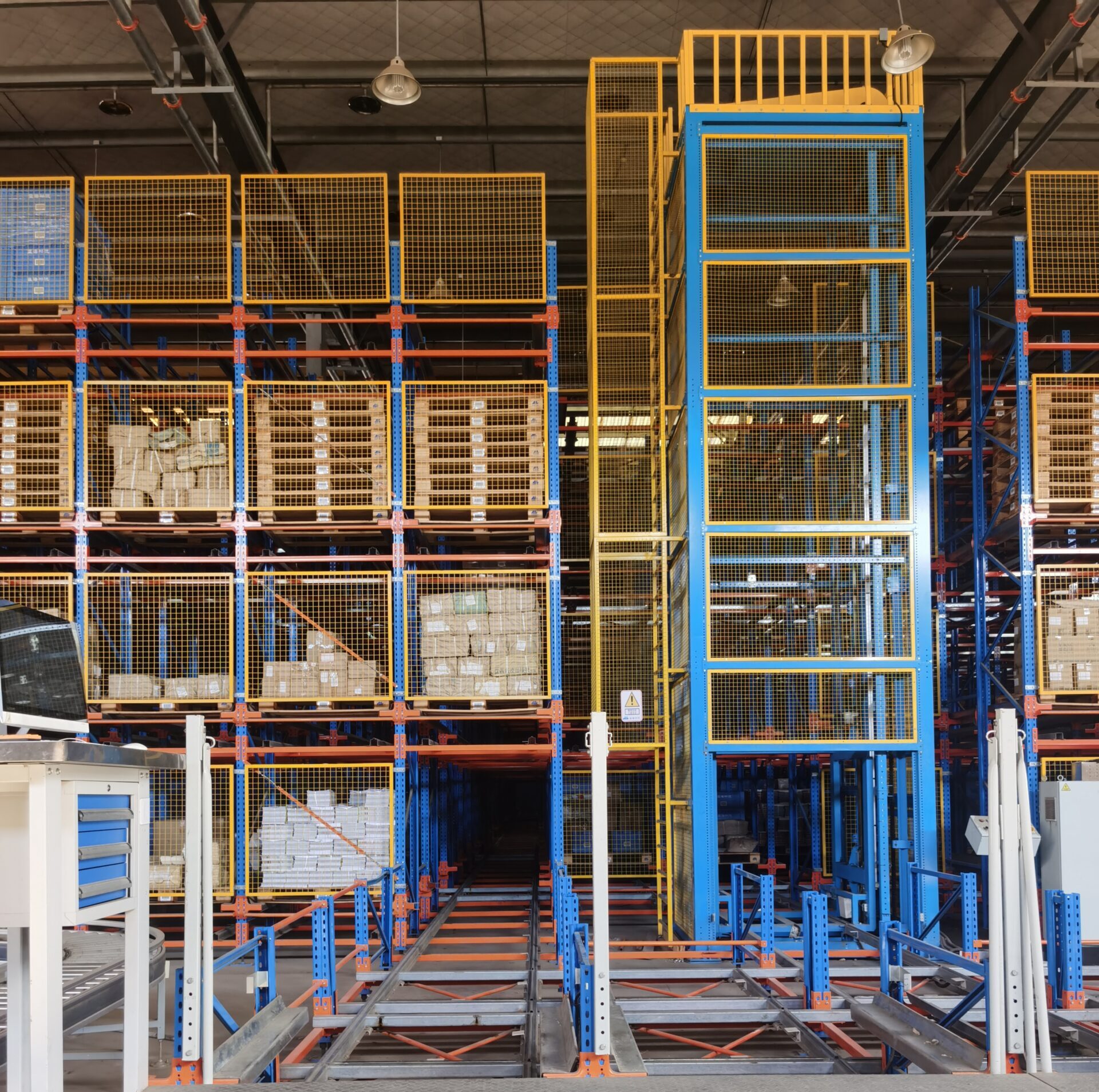Storlogi Cold Chain Double-depth Cold Storage Racks: Constructing an Effective Solution for Cold Chain Warehousing
460Discover storlogi's cold storage racks - optimize cold chain warehousing with high - capacity
View detailsSearch the whole station
As the global economy continues to evolve and market competition intensifies, businesses are demanding more efficient and precise warehousing and logistics solutions. StorLogi, a leading enterprise in the storage equipment industry, has responded to this call by introducing an advanced automated warehousing system, commonly known as an automated warehouse . Leveraging its technical expertise and spirit of innovation, StorLogi is driving the modernization of logistics operations. This article explores the core principles, application scenarios, competitive advantages, and future outlook of automated warehouse systems through logical reasoning and real-world analysis—highlighting how they significantly improve operational efficiency and reshape the logistics landscape.
The rise of automated warehousing systems addresses the limitations of traditional flat-warehouse models. These conventional systems often suffer from low space utilization, inefficient operations, and complex manual management. In contrast, automated warehouses use vertical space to dramatically increase storage density. Their key principles include:
1.High-Rise Racking Design:
By constructing multi-level racking systems, vertical space is maximized, allowing warehouses to store significantly more inventory within the same footprint. Logically, increasing the number of vertical storage levels directly multiplies the total storage capacity.
2.Automated Transport and Stacking:
Integrated systems including automated stacker cranes, conveyors, and robotic handling equipment enable fully automated inbound, outbound, and internal handling processes. By reducing manual operations and human error, the system ensures both high efficiency and reliability.
3.Intelligent Management Systems:
Paired with advanced Warehouse Management Systems (WMS), automated warehouses offer real-time inventory tracking, smart scheduling, and data-driven decision-making. Technologies such as IoT and big data analytics optimize logistics flows and significantly enhance supply chain responsiveness.
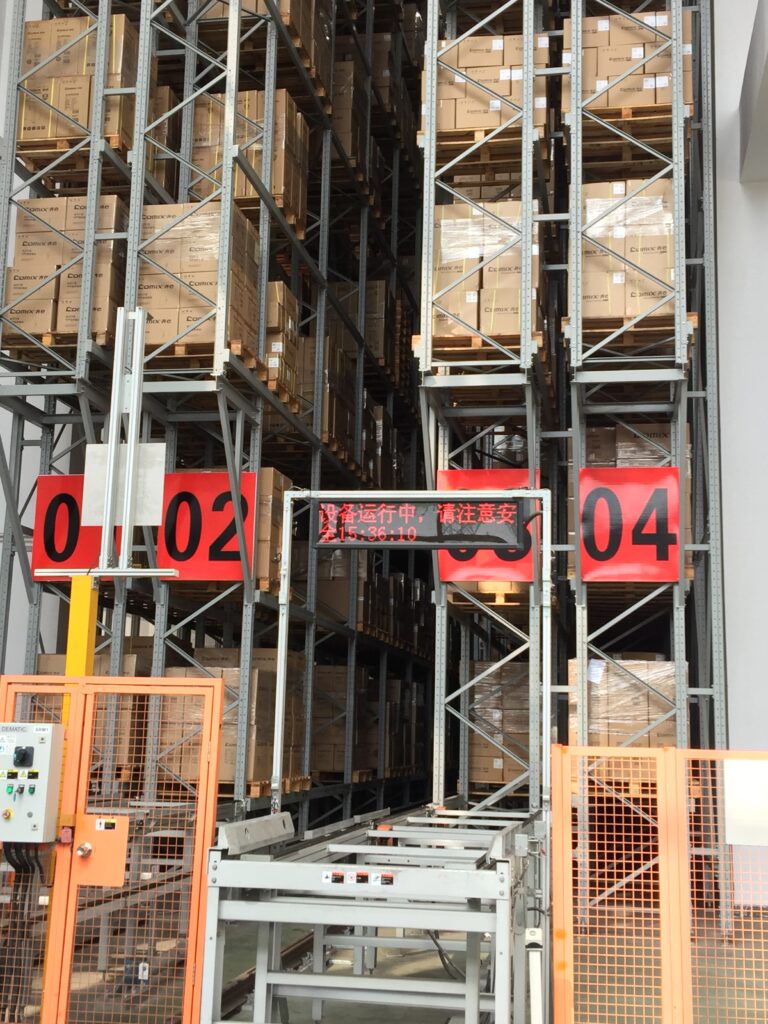
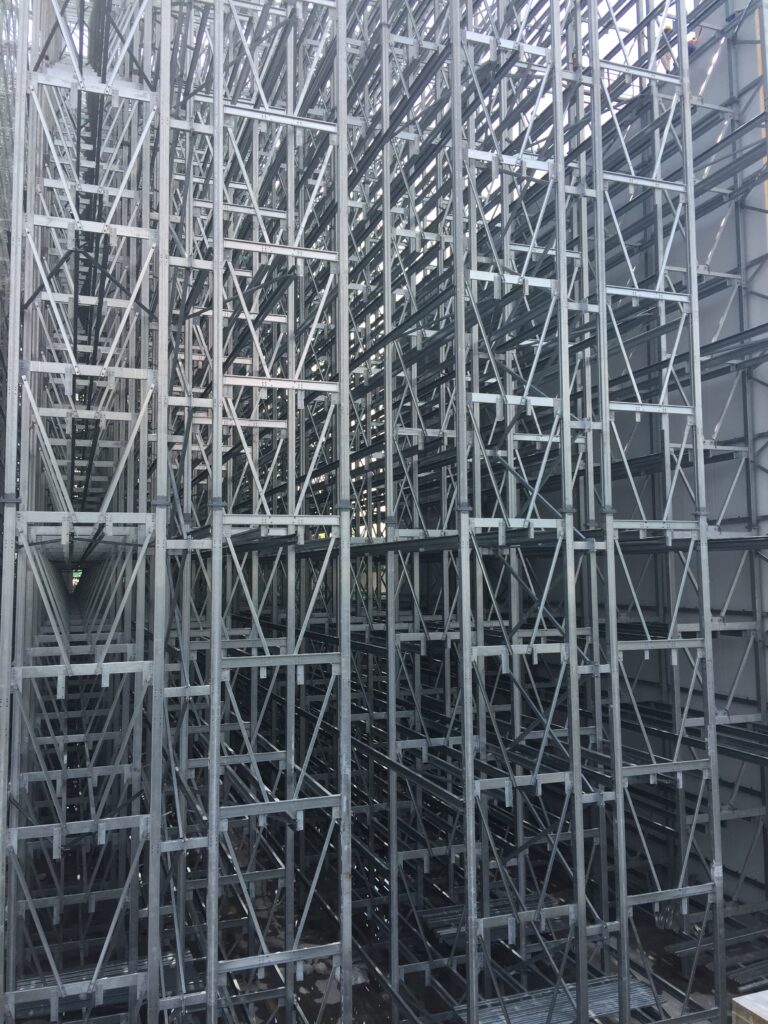
Based on case studies and technical analysis, StorLogi’s automated warehouse solutions demonstrate outstanding performance in various areas:
1.Maximized Space Utilization:
Through multi-tier shelving and efficient layout planning, storage density can be increased by 2 to 5 times. This is particularly valuable in regions with high land costs, enabling businesses to meet growing market demands without expanding their physical footprint.
2.Automated Workflows for Higher Productivity:
With advanced automation, key operations such as storage, sorting, and retrieval are handled with minimal human intervention. Compared to traditional manual systems, automated workflows significantly reduce processing time while improving accuracy and consistency.
3.Data-Driven Smart Management:
StorLogi’s systems leverage real-time data monitoring, predictive analytics, and precision scheduling to optimize inventory levels and reduce waste. Logically, such data-centric models enhance decision-making, streamline processes, and promote operational transparency.
4.Flexible Design for Future Growth:
StorLogi’s systems are modular and scalable, designed to adapt to business growth and seasonal demand fluctuations. This future-proof design ensures long-term usability, allowing enterprises to remain agile in dynamic markets.
Based on logical reasoning and implementation results, StorLogi’s automated warehousing system offers significant benefits to logistics and supply chain operations:
1.Enhanced Warehousing Efficiency and Response Time:
Automation and intelligent management accelerate inventory turnover, enabling businesses to respond to market demands more swiftly and competitively.
2.Reduced Operational and Labor Costs:
The reduced reliance on manual labor not only lowers personnel expenses but also minimizes operational errors, improving overall economic performance.
3.Stronger Supply Chain Synergy:
Real-time data sharing and automated scheduling allow for seamless integration with upstream and downstream partners. This improves the responsiveness of the entire supply chain and enhances customer satisfaction and competitiveness.
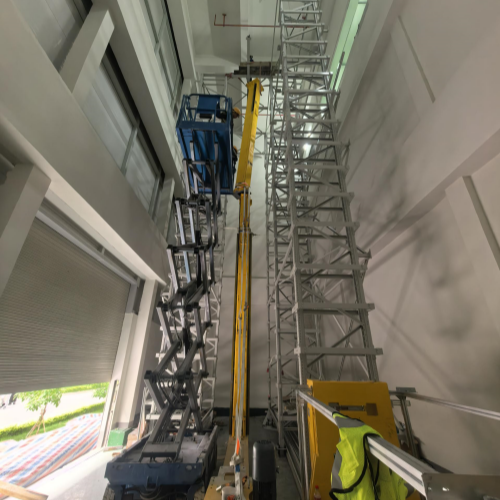
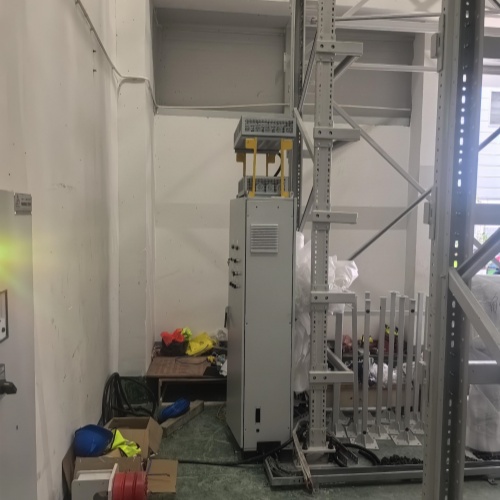
Automated warehousing represents a major technological advancement in modern logistics and is gradually pushing the global industry toward greater intelligence and automation. As a trailblazer in the field, StorLogi is well-positioned to continue leading through ongoing innovation and global strategic deployment. Looking ahead:
The technology will see growing adoption in sectors such as e-commerce, retail, pharmaceuticals, and manufacturing, becoming a foundational component of smart logistics.
With the continued advancement of IoT, big data, and AI, future warehouse systems will become more intelligent, adaptive, and secure—delivering full-spectrum, end-to-end logistics solutions.
Conclusion
Through detailed analysis of working principles, application value, and market potential, it is clear that StorLogi’s automated warehouse technology offers a new paradigm in modern storage solutions. Its efficiency, intelligence, and flexibility not only improve enterprise operations but also drive transformative upgrades across the logistics and supply chain industries. As the technology matures, StorLogi’s systems will continue to lead the way in shaping the future of smart logistics—empowering businesses with broader growth prospects and global competitive advantages.
Discover storlogi's cold storage racks - optimize cold chain warehousing with high - capacity
View detailsOur Smart Logistics Ecosystem: Beyond Storage, Into Innovation In the era of intelligent logistics, Storlogi emerges as a global leader, delivering integrated storage and material handling systems that redefine operational excellence....
View detailsExplore the design principles, key features, and versatile applications of StorLogi flow racks—your efficient solution for maximizing warehouse space, ensuring FIFO compliance, and boosting operational productivity.
View detailsDiscover how StorLogi’s automated bin warehouses are transforming e-commerce logistics, increasing efficiency and reducing costs through intelligent sorting, vertical storage, and AI-driven inventory management.
View details 0
0loading...
